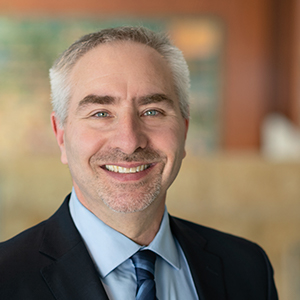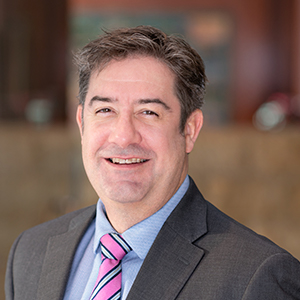The Federal Reserve Bank of Minneapolis’ Plan to End Too Big to Fail would substantially raise equity capital requirements for the most systemically important banks (that is, those with assets over $250 billion). While Noah Smith supports this direction, he has concerns about the Plan’s recommendations to require increased equity capital, its implementation speed and its reforms for community banks. These concerns arise, in part, because Smith is uncertain about the net benefits of higher equity capital for large banks. We are encouraged by Smith’s support for the Minneapolis Plan and are happy to address his questions.
The Minneapolis Plan calls for a minimum of equity to risk-weighted assets of 23.5 percent for the largest banks which, once the plan is adopted, would have five years to achieve that minimum. In short, the Plan gives banks time to adjust. Banks that remain systemically important after five years would be required to increase their equity, over time, until it reaches 38 percent.
We calculate these figures based on the cost and benefits of requiring additional equity for banks, using a very similar approach and the same data—from the International Monetary Fund, for example—as are used by bank regulators worldwide. We recommend 23.5 percent because it maximizes the net benefits to society and is based on the Federal Reserve Board of Governors’ proposed level for JPMorgan Chase. Unlike the Fed Board’s proposal, the Minneapolis Plan requires that only equity capital count as loss-absorbing for banks like JPMorgan Chase; the Fed Board argues that debt will also absorb losses for these banks if they fail and should be included in the 23.5 percent requirement. The practical evidence from before, during and after the 2008 financial crisis is that this scheme does not work and simply pushes losses to taxpayers. Remember Fannie and Freddie and how well their subordinated debt absorbed losses?
Smith highlights the uncertainty about the benefits of the Plan’s recommendation, noting that a crisis is a rare event. He is correct, and policymakers should be humble when designing policies to address uncommon events. But we do not have the luxury of punting. Regulators must set minimum capital requirements based on the best available data and analytics, just as they must decide how to address the large but uncertain risks from nuclear power, terrorism or natural disasters.
We try to mitigate the uncertainty by using the best data available to estimate the likelihood and the costs of financial crises. In doing so, we find that raising equity requirements to our recommended levels could reduce the chance of at least one bailout in the next 100 years from 67 percent to as low as 9 percent, while passing a cost-benefit test for society. In addition, over the past year, several other researchers have completed their own studies—using methods different from our own—which also concluded that the largest banks need substantially more equity in order to protect taxpayers. This body of research clearly suggests that large banks are undercapitalized.
To bolster his case, Smith provides data showing that raising equity levels in the past did not prevent the great financial crisis. However, these data actually support the recommendations of the Minneapolis Plan, rather than casting doubt upon them. Current equity levels are just barely higher than the levels banks held before the crisis, hardly an endorsement of the status quo—unless Smith wants to expose taxpayers to the same risk they had in 2007.
Because we believe the Minneapolis Plan substantially addresses risk from too-big-to-fail banks, we also recommend changes to the supervision and regulation of community banks. Policymakers promise such reform but have not delivered, perhaps because the big bank problem has not been fixed. Smith worries that we are deregulating, increasing the chance of a future small-bank crisis. We are not. Instead, we want supervision of community banks to focus on the risks that expose banks to failure. Right now, society is wasting resources checking on bank activities that pose no such risk.
Lastly, while we agree with Smith that there is a “fading appetite for financial regulation,” we do not see any merit in waiting. The uncertainty in designing new regulations will not go away. Declaring that one must first eliminate all uncertainty before implementing new regulations is merely an excuse to avoid taking any action. We are confident that sticking with low levels of equity will put taxpayers back on the hook sooner than they think. That is a certainty we need to avoid.
Feldman is the chief operating officer and Heinecke is a vice president of the Federal Reserve Bank of Minneapolis. These comments reflect their views and not necessarily those of others in the Federal Reserve System.






